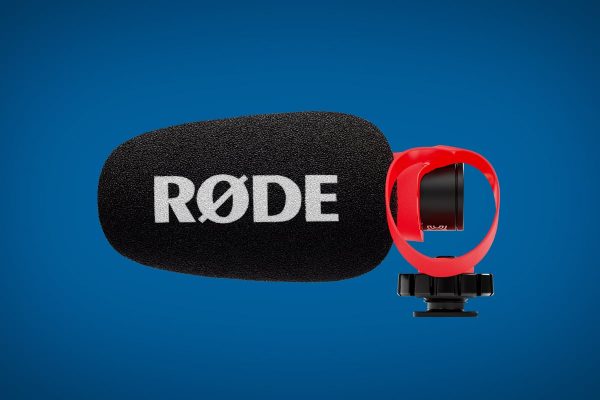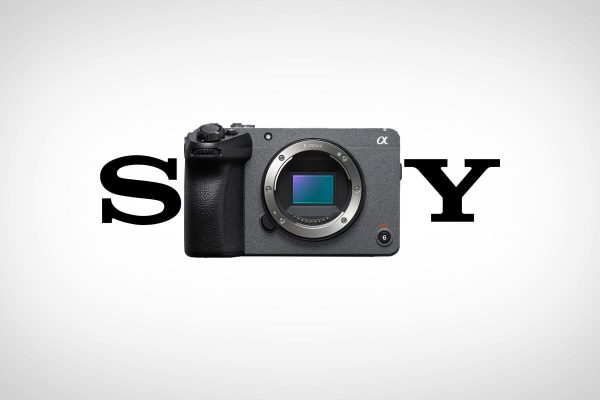The Academy of Motion Picture Arts and Sciences unveiled its Academy Color Encoding System (ACES) back in April at the 2015 NAB show, so we thought it was time we took a look at what that means for colourists.
ACES a free, open, device-independent colour management and image interchange system that offers a global industry standard for motion picture and television production.
From image capture through editing, VFX, mastering, public presentation, archiving and future remastering, ACES enables a consistent color experience that preserves the filmmaker’s creative vision, its designers say. It addresses significant production, post production and archiving problems that have arisen with the increasing variety of digital cameras and formats in use, along with the surge in the number of productions that rely on worldwide collaboration using shared digital image files.
“A decade ago, the Academy recognised the need for a new set of infrastructure standards as the industry moved from film to digital,” says Richard Edlund, Academy governor and founding member of its Science and Technology Council. “We made a deep commitment to the effort – coordinating hundreds of top industry scientists, engineers and filmmakers on years of research, testing and field trials – so we’re both proud and excited to launch ACES 1.0 as the first production-ready release of the system.”
The Academy is simultaneously launching its ACES logo program to encourage consistent, high-quality implementations of the concepts and technical specifications. Initially focused on production and post-production equipment such as cameras, colour correctors, displays, and visual effects and animation software, the program is the first step toward enabling facilities and productions to take full advantage of ACES benefits. There are 22 companies that have joined the program to date, including Arri, Autodesk, Canon USA, Codex, Dolby Laboratories, FotoKem, Panasonic and Sony Electronics.
KEY BENEFITS
For cinematographers, colorists and digital imaging technicians, ACES 1.0 preserves creative intent from on-set capture to presentation by:
- Eliminating uncertainty between on-set look management and downstream color correction through standardized viewing transforms and equipment calibration methods
- Preserving the full range of highlights, shadows and colors captured on set for use throughout post-production and mastering
- Simplifying the matching of images from different cameras
- Providing a means to repurpose source materials when creating alternate deliverables
For visual effects and other post-production facilities, ACES 1.0 streamlines digital workflows by:
- Simplifying the interchange of unfinished motion picture imagery
- Providing a standard color management architecture that can be shared by hardware and software vendors
- Eliminating uncertainty associated with undocumented or poorly documented file formats and color encodings
- Establishing standards for metadata
For producers and studios, ACES 1.0 reduces production costs and enables future-proofed archiving by:
- Providing a free, open source color and look management architecture that can be shared by vendors whose hardware and software products are used on set and in post-production
- Ensuring digital assets can be repurposed to take advantage of future high-dynamic-range, wide-color-gamut display devices
- Ensuring the archive contains the highest fidelity digital source master possible, representing the digital equivalent of the “finished negative”
For more info, check: www.oscars.org/science-technology/sci-t
Excerpts from Press Release




